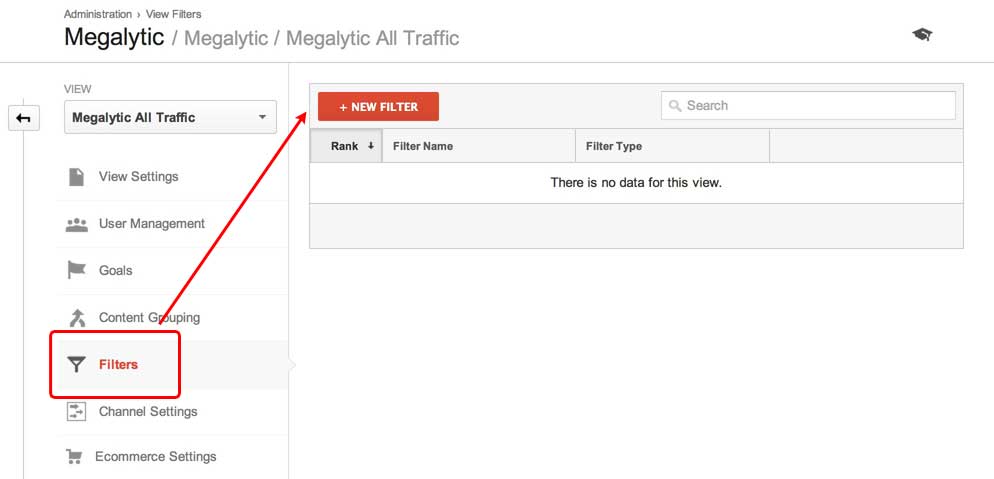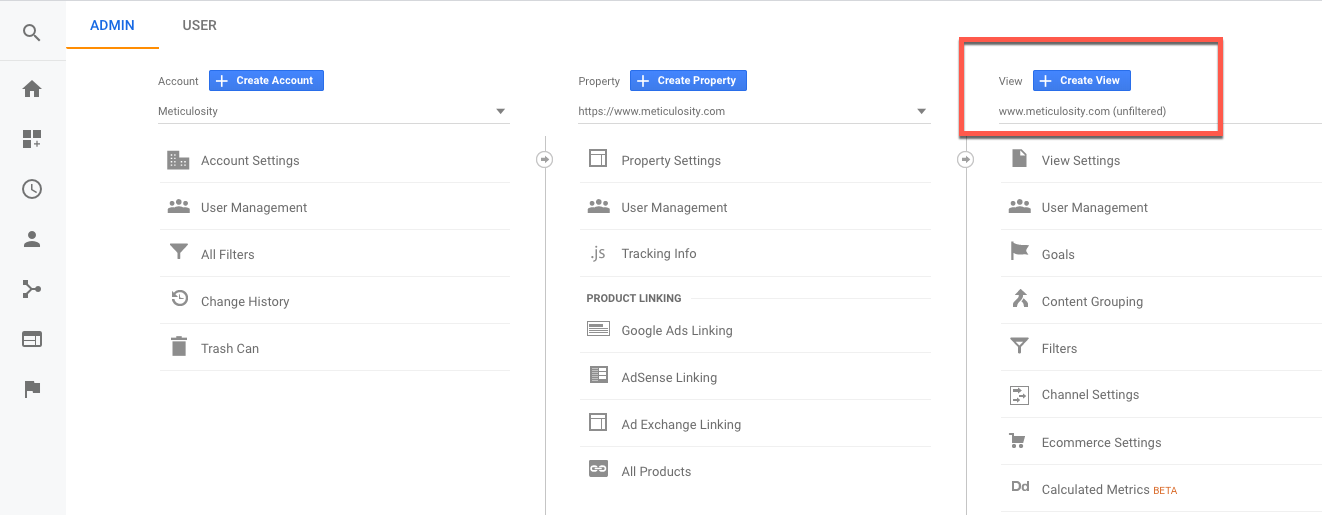Some Known Questions About In Which Order Does Google Analytics Filter Data.
Wiki Article
Getting The In Which Order Does Google Analytics Filter Data To Work
Table of ContentsThe Ultimate Guide To In Which Order Does Google Analytics Filter DataIn Which Order Does Google Analytics Filter Data Can Be Fun For EveryoneIn Which Order Does Google Analytics Filter Data Things To Know Before You Get ThisAbout In Which Order Does Google Analytics Filter Data3 Simple Techniques For In Which Order Does Google Analytics Filter DataThe Ultimate Guide To In Which Order Does Google Analytics Filter Data
io" is the website and also if I go to the homepage and click a few other pages like signup web page, it shows me in the real-time record popping-up as just how we established up in the filters. This page is the of website as well as you can see the sub-domain highlighted as.
Comparable to the previous process, we must create a brand-new filter as pointed out in the last steps - In Which Order Does Google Analytics Filter Data. in this new filter, I'm calling it as and I'm selecting Then I'm keying the filter pattern as In this filter pattern, the pipeline icon () is included to affix any kind of various other hostname that you wish to consist of together with the other hostnames
Getting My In Which Order Does Google Analytics Filter Data To Work
This is just how you can go check your site as well as return sight in real-time reports. The real-time report currently reveals the changes that you made when creating that filter. In this instance, the Broken web page describes concerning URL of the page i. e when the Page link being duplicated the exact same, excluding slash or any kind of minute components.Currently create a brand-new filter as well as I call it as. Then pick and pick the filter areas. Kind down the called for Reg, Ex-spouse(you can copy-paste after finding out the correct Expressions to placed). This Reg, Ex lover is type of huge, yet if discovered it can be conveniently developed. Reg, Ex offered here is, this in easy terms implies to' include a reduce to that fracture link'.

Get This Report on In Which Order Does Google Analytics Filter Data
The following instructions will walk you via the process: Produce a new Google Spreadsheet (or open up an existing one). From the add-on description page, click the "+" in the top right corner to add this add-on to your spreadsheet.Reports can be developed by hand or with the help of the add-on's record creation tool. To utilize the device, select "Attachments" > "Google Analytics" > "Develop a New Report" from the menu bar.
This is willful. In Which Order Does Google Analytics Filter Data. The device is implied to aid obtain you started and also supply you with the information you may not recognize off the top of your head. The remainder of the fields will need to be gotten in webpage by you. If you have any type of inquiries regarding what to place in each area, see the referral at the base of this web page.
Things about In Which Order Does Google Analytics Filter Data
It can be a sheet in the spread sheet you're presently in, or a various spread sheet completely (as long as you have modify access to that spreadsheet). To print the outcomes to a various spread sheet duplicate the spread sheet link and paste it into the cell to the right of more the "spreadsheet-url" parameter.This opens a report organizing dialog where you can turn scheduling on and off, and also establish how often your report will certainly run. To transform organizing on, examine package classified "Enable records to run immediately." As soon as organizing is enabled you can use the select dropdown to regulate the moment and also frequency.
When scheduling reports, make certain there is lots of time in between when you develop the routine as well as when the timetable is meant to run. Name Summary This is the report name. It will additionally be the name of the sheet where the report information is written.
The following expression returns the last day of the previous month: =EOMONTH(TODAY(), -1) The end day for bring Analytics data. Requests can specify an end day formatted as YYYY-MM-DD, or as a loved one day (e. g., today, yesterday, or Ndays, Ago where N is a favorable integer). You can likewise use Sheets day functions to specify this value programmatically.
Metrics can be defined in one of two layouts: For example, all of the complying with are valid values for the Metrics parameter - In Which Order Does Google Analytics Filter Data. For the majority of utilize situations, a listing of statistics IDs is the easiest way to specify the Metrics specification.
The 8-Second Trick For In Which Order Does Google Analytics Filter Data
The complete list of measurements and metrics and also their valid mixes is readily available making published here use of the Dimensions as well as Metrics Explorer. Call Description A listing of measurements to query. Measurements can be specified in a couple of styles: For instance, every one of the following are legitimate worths for the Metrics parameter. ga: resource, ga: device, Classification ga: resource ga: device, Category ["name": "ga: source", "name": "ga: tool, Group"] For most make use of situations, a checklist of dimension IDs is the most convenient means to define the Capacities criterion.
Report this wiki page